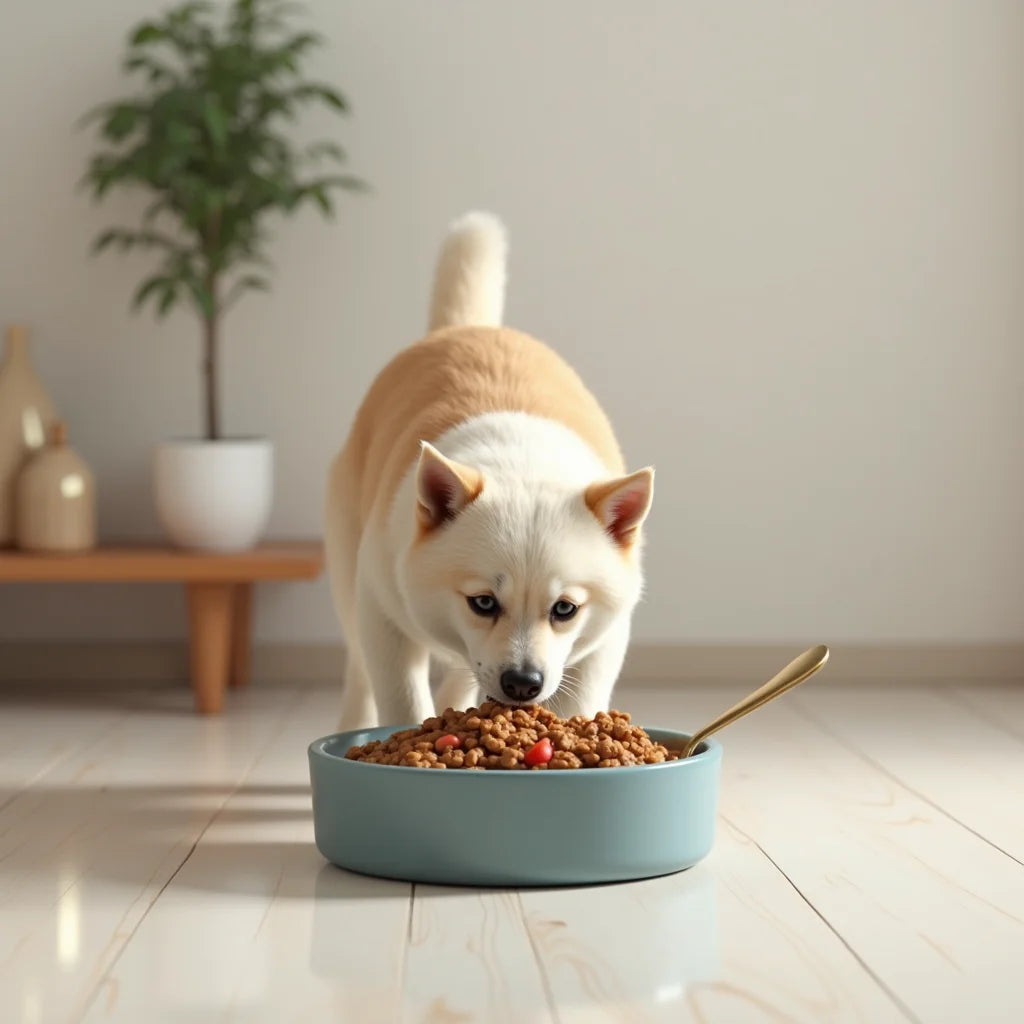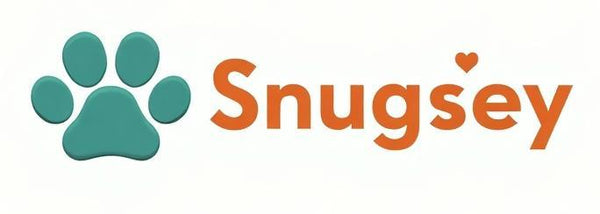
Smarter Pet Feeding Accessories for Cleaner Mealtimes
Share
Updated on: 2025-10-13
Table of Contents: Pet Feeding Accessories Guide
- Why Pet Feeding Accessories Matter for Daily Care
- Common Mistakes to Avoid with Pet Feeding Accessories
- Pet Feeding Accessories Pros & Cons Analysis
- Quick Tips for Choosing Pet Feeding Accessories
- Wrap-Up & Key Insights on Pet Feeding Accessories
- Pet Feeding Accessories Q&A
- About the Author on Pet Feeding Accessories
If meals are messy, schedules are hectic, or your pet’s portions vary day to day, upgrading your pet feeding accessories can make every feeding effortless. With the right pet feeding supplies and pet feeding equipment, you can portion accurately, keep water flowing, and reduce spills. In this guide, we explain how to pick automatic pet feeders, compare pet bowls and feeders by material and height, and match solutions to your routine. Whether you need the best pet feeding accessories for large dogs or eco-friendly pet feeding accessories for cats, you will find simple steps, use cases, and links to tools that fit your home.
Common Mistakes to Avoid with Pet Feeding Accessories
Sizing Errors in Pet Feeding Supplies
Picking bowls that are too shallow or too deep leads to spills, whisker stress, or awkward eating posture. Large-breed dogs often need wider bowls and raised stands to reduce strain. Small cats may benefit from shallow, wide dishes. Measure your pet’s shoulder height and typical portion volume before you buy. A good rule is to select a bowl that holds at least one serving plus extra space to prevent overflows.
Material Mismatch in Pet Bowls and Feeders
Plastic can be lightweight and affordable, but it may scratch easily and trap odors. Stainless steel is durable and simple to sanitize. Ceramic is stable and attractive but must be chip-free. Match the material to your cleaning routine and your pet’s habits. For enthusiastic eaters, sturdy stainless steel with a non-slip base reduces skidding and noise. For design-forward kitchens, glazed ceramic with a stable footprint works well—just check for cracks regularly.
Ignoring Hydration and Automatic Pet Feeders
Many households dial in food but overlook water flow. Automatic pet feeders that combine timed meals with a water fountain help pets stay hydrated between feedings. If you work long hours, a feeder with scheduled portions and a recirculating water basin keeps routines steady. It also reduces the “bowl is empty” scramble and supports a fresher water taste. Consider this if your pet tends to gulp food or forgets to drink in quiet moments.
Overlooking Cleaning and Storage for Pet Feeding Equipment
Even the best setup fails if it is hard to clean. Look for bowls and feeders with smooth interiors and dishwasher-safe components. Keep a simple caddy for measuring tools, lids, and wipes near the station. Seal kibble in airtight containers to reduce odors and maintain freshness. A tidy, reach-in storage plan makes daily feeding faster and more consistent.
Pet Feeding Accessories Pros & Cons Analysis
Pros and Cons of Automatic Pet Feeders
-
Pros:
- Schedules consistent portions for busy days.
- Reduces overeating by controlling access to food.
- Some models combine food and water for all-in-one convenience.
-
Cons:
- Requires periodic cleaning and filter changes if a fountain is included.
- Needs power or batteries; plan for backup during outages.
- Not ideal for pets who need slow, hand-guided meals.
Pros and Cons of Pet Bowls and Feeders
-
Pros:
- Simple to clean and easy to replace or upgrade.
- Broad material and size options for any breed or space.
- Elevated stands can improve comfort for taller pets.
-
Cons:
- Manual portioning can lead to inconsistent servings.
- Low-quality plastics may stain or absorb odors over time.
- Open water bowls may gather dust between refills.
Which option fits best? For tight schedules and ultra-consistent portions, automatic pet feeders shine. For hands-on routines and simpler cleaning, choose sturdy bowls and a raised stand. Many homes find a hybrid approach ideal: an auto feeder for workdays, and a traditional setup for weekends or training days.
Quick Tips for Choosing Pet Feeding Accessories
- Start with the main keyword in mind: pet feeding accessories that match your routine and your pet’s size.
- Pick bowls with a non-slip base to prevent sliding and spills.
- Choose stainless steel for durability and easy sanitizing.
- Use a measuring tool for consistent portions and faster prep.
- Consider elevated stands for large breeds and seniors.
- Place bowls on a washable mat to catch crumbs and water.
- Keep an airtight bin near the station to reduce odors and clutter.
- Set up a backup water source if you’re away longer than usual.
How do I choose the right size food and water bowls for my pet?
Estimate one normal serving of food and add extra headroom so pieces do not overflow as your pet eats. For water, aim for a bowl that encourages frequent sips and is easy to refresh. If you have a large dog, wider diameters and heavier bowls reduce tipping. For cats, shallow bowls help prevent whisker fatigue. If in doubt, choose one size up—especially for fast eaters or growing pets.
Eco-friendly Pet Feeding Accessories for Cats and Small Pets
If sustainability matters, choose stainless steel or durable ceramic over single-use plastics. Look for washable silicone mats, reusable lids, and dishwasher-safe parts that last. Eco-friendly pet feeding accessories for cats can include shallow stainless dishes, bamboo stands, and refillable water fountains that reduce bottle waste. Durable items that clean well and stay in rotation help your home and your planet.
Customer story: “We adopted two kittens and struggled to keep water fresh. A compact fountain and stainless feeding set changed our routine overnight—less mess and more consistent drinking.” This is the kind of small upgrade that transforms daily care.
Ready to streamline your setup? A combined feeder and fountain keeps food and water on schedule. Explore the Auto Feeder & Fountain to automate mealtimes and maintain fresh water, even when you are busy.
If portioning is your pain point, a quick measuring tool is a time-saver. The Digital Measuring Spoon helps you scoop the same amount every time, whether you feed kibble or wet food toppers.
A tidy feeding zone is easier to maintain when messes are simple to handle. Keep the area fresh and the rest of your routine on track with a lightweight, easy-clean tool like the Pooper Scooper kept nearby for quick yard pickups after meals.
Not sure what else you need? Browse all current options to find bowls, mats, stands, and more in one place. See All Products for a full view of pet feeding supplies and related gear.
Wrap-Up & Key Insights on Pet Feeding Accessories
Small upgrades in pet feeding accessories can create big wins in cleanliness, portion control, and consistency. Start with sturdy bowls, add a measuring tool, and consider an automatic feeder if your schedule is tight. For large breeds, seek wider, elevated options. For cats, choose shallow dishes and easy-to-wash materials. Most importantly, make the feeding station simple to clean and easy to restock. Ready to simplify mealtimes? Select one upgrade today and build from there.
Pet Feeding Accessories Q&A
What are the essential pet feeding accessories?
Start with a pair of sturdy bowls—one for food and one for water—plus a non-slip mat and an airtight storage container. Add a measuring tool for consistent portions and a simple cleaning brush. If you want fewer refills and fresher water, consider a compact fountain or an automatic feeder with a built-in reservoir. These basics cover daily needs for most homes.
Are automatic pet feeders safe and reliable for daily use?
Automatic pet feeders are designed for consistency and convenience. They work best when you keep them clean, replace filters as directed, and test the schedule before relying on it. Keep batteries fresh or ensure a reliable power source. Many households use them every day to handle mealtimes during long work hours or early mornings.
How can I build a clean feeding station that saves time?
Pick a low-traffic spot with a washable mat, sturdy bowls, and a nearby bin for kibble or cans. Keep a measuring tool and a small towel in the same zone. Use a feeder or fountain if you want fewer daily tasks. A tidy station with the right pet feeding equipment reduces spills and speeds up every step of your routine.
About the Author on Pet Feeding Accessories
Snugsey Pet Store Snugsey Pet Store
Snugsey Pet Store Snugsey Pet Store shares practical, product-focused advice that helps pet parents build cleaner, simpler feeding routines. Our team tests and curates pet feeding accessories that fit real homes and busy schedules. Thanks for reading—we are here to help you make mealtimes easier.
Disclaimer: The information in this article is for general guidance only and is not a substitute for professional advice tailored to your pet.
The content in this blog post is intended for general information purposes only. It should not be considered as professional, medical, or legal advice. For specific guidance related to your situation, please consult a qualified professional. The store does not assume responsibility for any decisions made based on this information.
